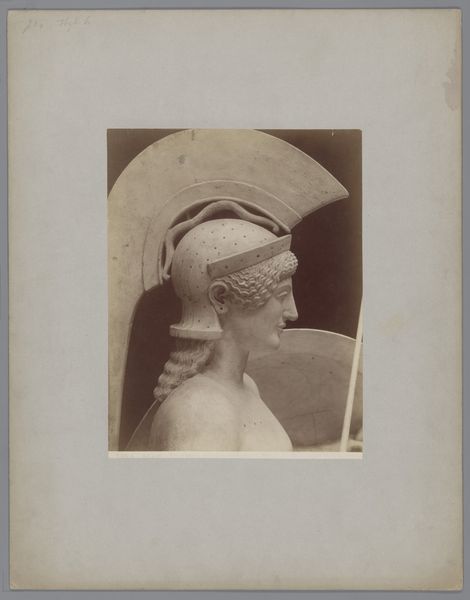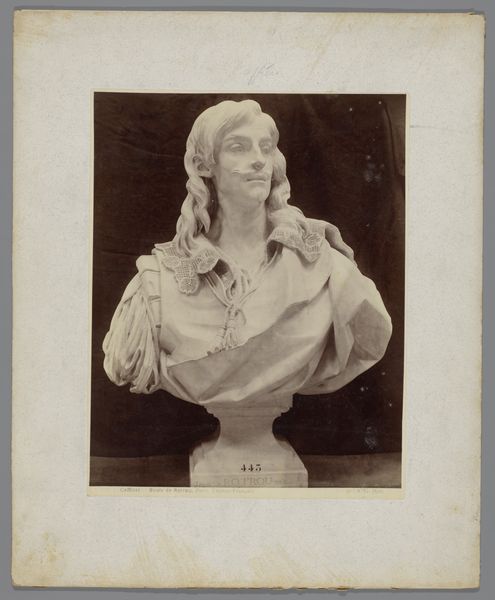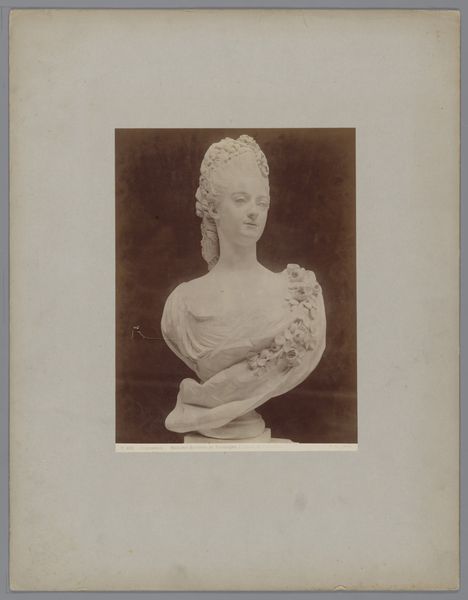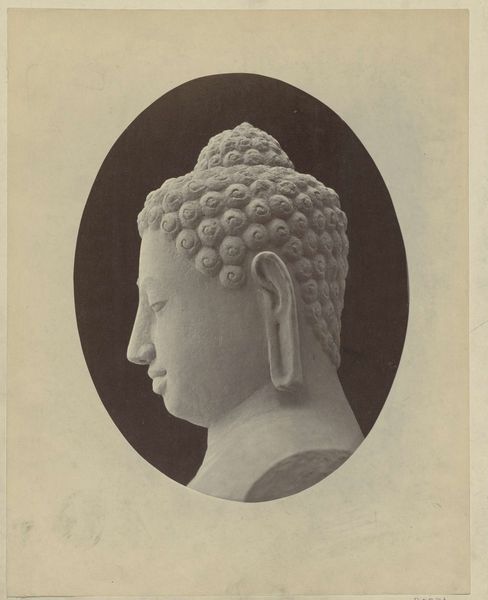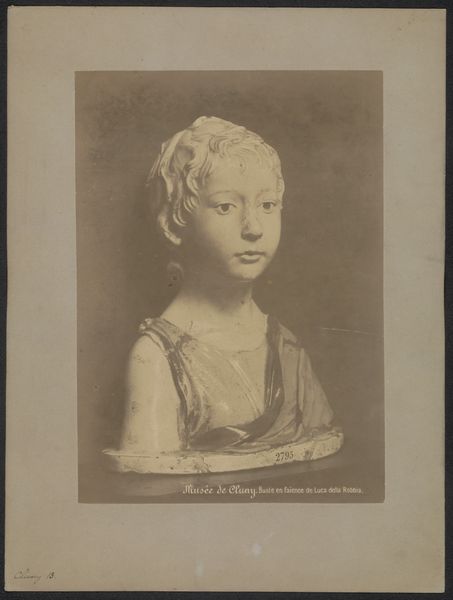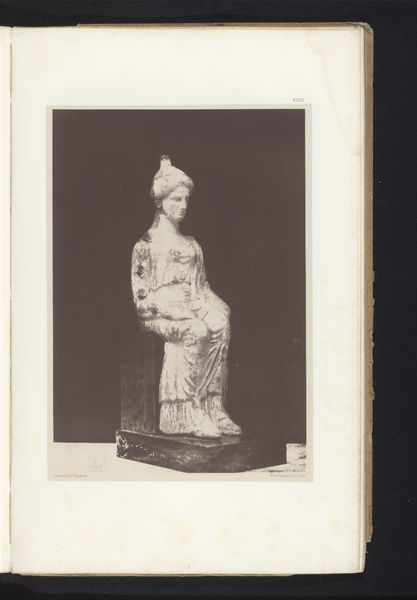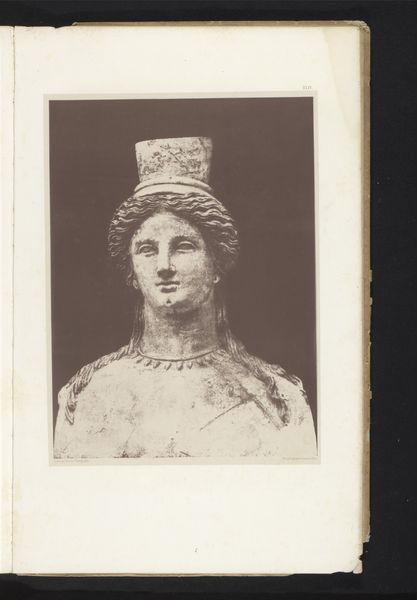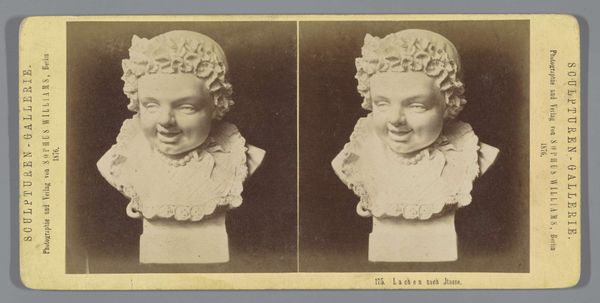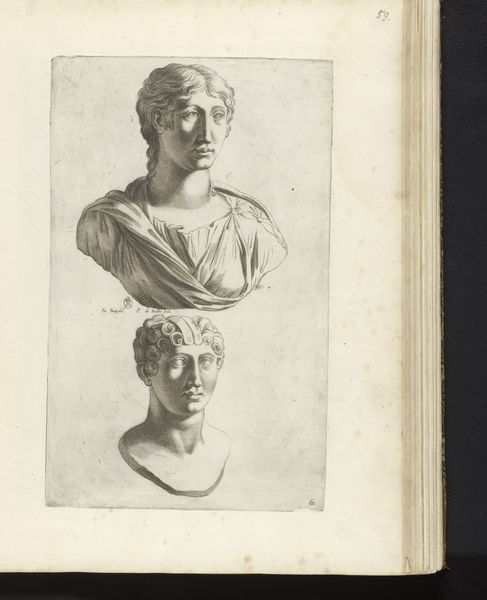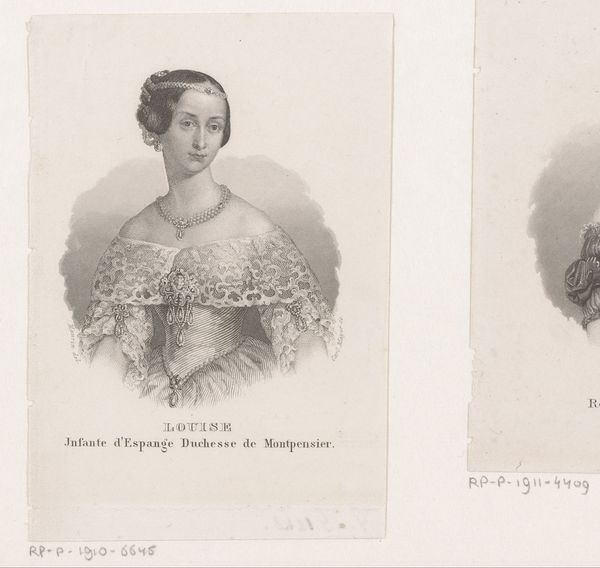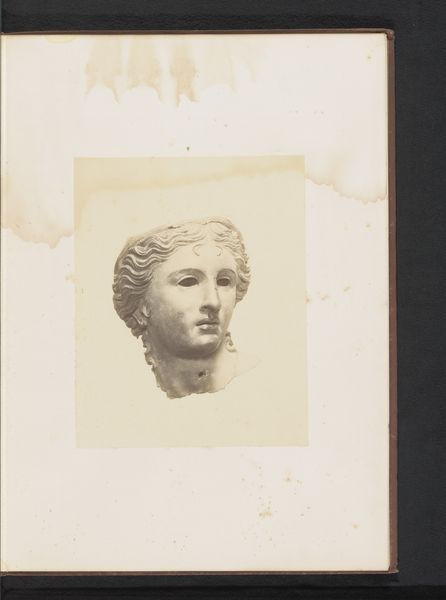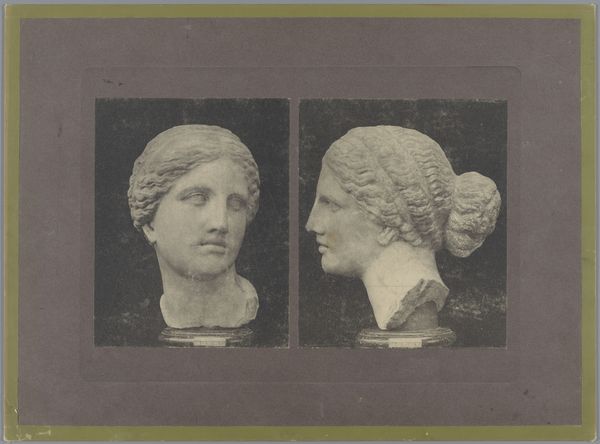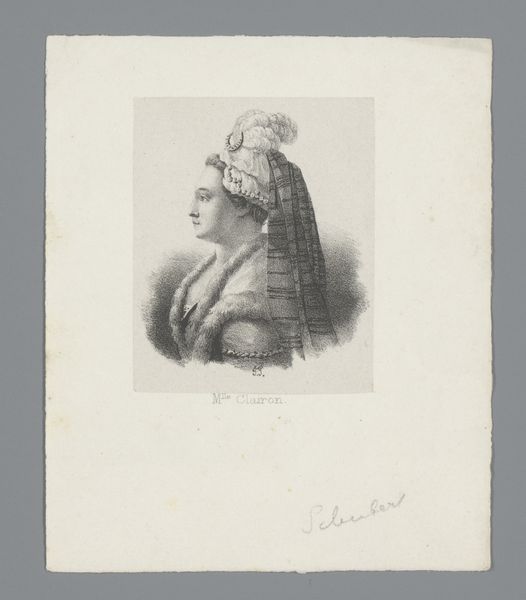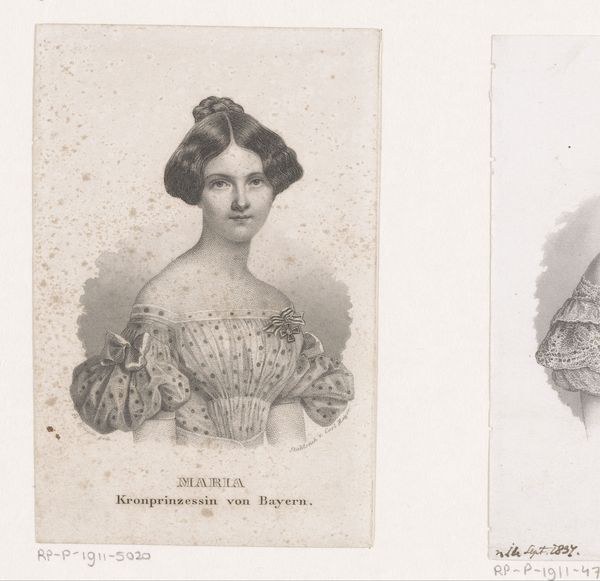
Twee gipsafgietsels van bustes in het Musée des monuments français te Parijs, voorstellende koning Claude van Frankrijk en koningin Charlotte van Frankrijk c. 1875 - 1900
0:00
0:00
medericmieusement
Rijksmuseum
photography, sculpture, gelatin-silver-print
#
portrait
#
photography
#
sculpture
#
gelatin-silver-print
#
19th century
#
statue
Dimensions: height 248 mm, width 349 mm
Copyright: Rijks Museum: Open Domain
Curator: This photograph, created by Médéric Mieusement between 1875 and 1900, depicts two plaster casts of busts housed in the Musée des Monuments Français in Paris. The busts represent King Claude and Queen Charlotte of France. Editor: There's something ghostly about this image, the way the light interacts with the smooth, white surfaces. It creates a rather unsettling stillness. Curator: Note the composition. Two separate busts are positioned side by side in this gelatin silver print, creating an interesting symmetry and allowing a comparative analysis of the artistic rendering of each figure. Mieusement captures them head and shoulders, placed on plinths in front of a darkened background to better accentuate their form. Editor: I'm struck by the difference in hairstyles. Claude's is so elaborately decorated and Charlotte’s headwear has a more demure pattern. It speaks volumes about the roles expected of them. The adornments convey a status but also constraint, if you look closely. Each decorative choice tells a very specific story. Curator: From a formalist perspective, the texture is also quite remarkable. The photographic process, though seemingly straightforward, emphasizes the intricate details of the sculpted hair and garments. Look at the geometric structure in Charlotte’s head covering. And consider how that repetitive form adds visual weight to the overall composition. Editor: Exactly. It also hints at their positions within the symbolic order of the French court, wouldn't you agree? Clothing, hairstyles… each one a conscious choice broadcasting allegiance, wealth, and power. Curator: And consider that these aren’t even the original sculptures, merely reproductions. This work calls into question the meaning of authenticity and representation itself, as the photo becomes yet another layer of interpretation, almost like a symbol of a symbol. Editor: The starkness and lack of context further abstracts these royal figures into symbols, flattening them into historical emblems ripe for appropriation and re-interpretation, losing some essence as the process unfolded through the artistic and mechanical creation and interpretation, don’t you think? Curator: Yes, quite. Mieusement has presented not people but rather relics of a concept, beautifully deconstructed to emphasize the formal interplay. Editor: It is an intriguing window into how symbols evolve over time.
Comments
No comments
Be the first to comment and join the conversation on the ultimate creative platform.
